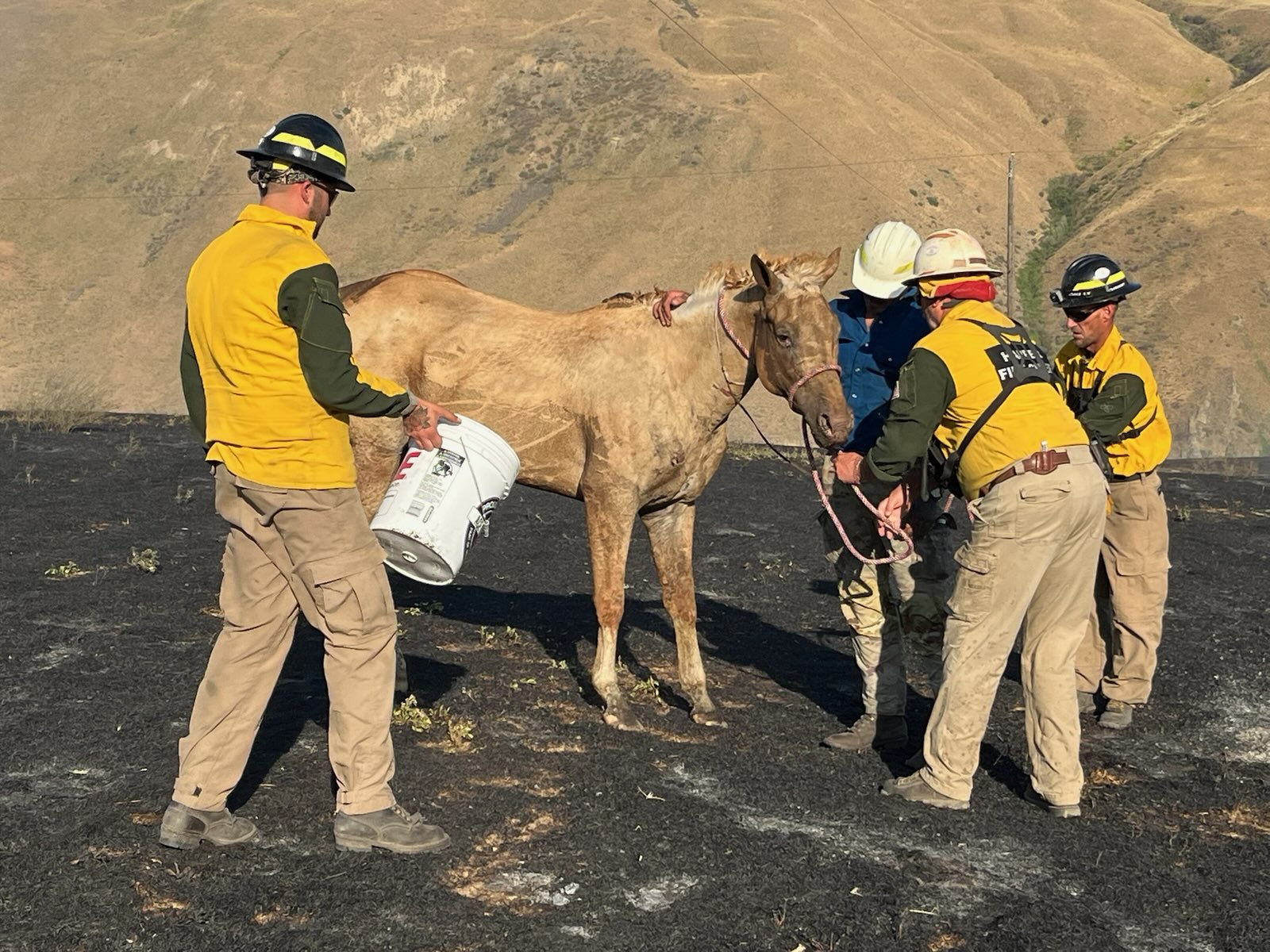Bloomin’ Blues | Many local wildflowers have Native medicinal uses
Published 4:00 am Saturday, June 6, 2020

- Goose-foot violet, Viola purpurea.
I’ve been remiss in not including what to me is an important bit of information in this year’s articles. Some of the wildflowers are much more abundant than others, and some are rare and in danger of extinction, or of disappearing from certain areas. As an example, the wild peony, which I wrote about two weeks ago, is a good example of the latter, and I should have mentioned that.
Trending
Mary blue-lips (Collinsia parviflora): This tiny flower can be found nearly anywhere in the woods from early May until late summer, though it may not be blooming yet at the higher elevations. The flowers are about a quarter-inch long. Until this spring, I have never seen one of the plants any taller than about 4-5 inches. The cluster of flowers in the photo were at the top of a plant nearly 2 feet tall with its stems tangled up with other plants. Some Southwestern tribes used the plants for sore skin and to make horses run fast.
Camas (Camassia quamash): Camas is a well-known plant that grows in wet soil, reaching about a foot tall or more. A meadow with many of the blue flowers in full bloom can look like a pond of water from a distance. The plant has been a valuable food plant for the winter survival of tribes throughout the Northwest.
Old man’s beard (Geum triflorum): This plant, also called Prairie Smoke, is not seen often around here, but is found from the Yukon to New Mexico, and from Ontario to New York. The fern-like leaves are cleft nearly to the midrib. The flowering stems are about 10-12 inches tall. The upper portions of the stems droop, and are pink with fine hairs. The flowers are usually borne in threes, many stems having three clusters of three flowers. Each flower is urn-shaped, and as they mature, the stems turn the flowers upward. The flowers then open up, producing slender threadlike tufts that wave in the breeze. Various tribes have had a variety of uses for this plant, mostly medicinal.
Trending
Goose-foot violet (Viola purpurea): Violets tend to look alike, but this one has distinct features that make it easy to identify it. Both names give clues. The outline of the leaves are unique and with a little imagination resemble the outline of a goose’s foot. “Purpurea” is Latin for purple, and the leaves are purplish underneath. The upper petal of the flowers is a brownish-purple. Many tribes have had medicinal uses for violets, but none specifically for this species of violet that I know of.









